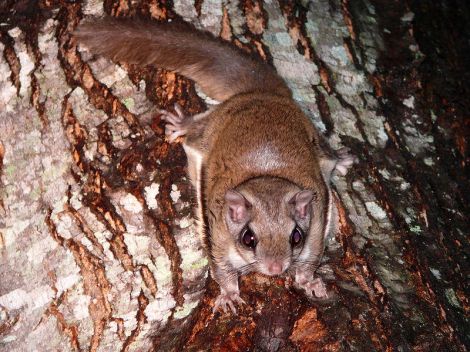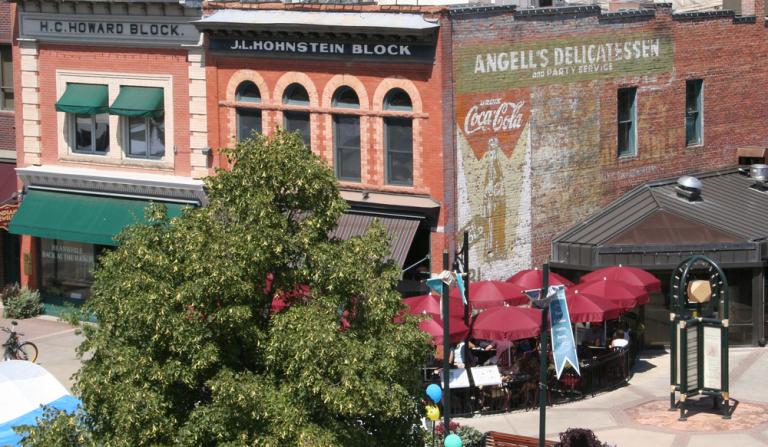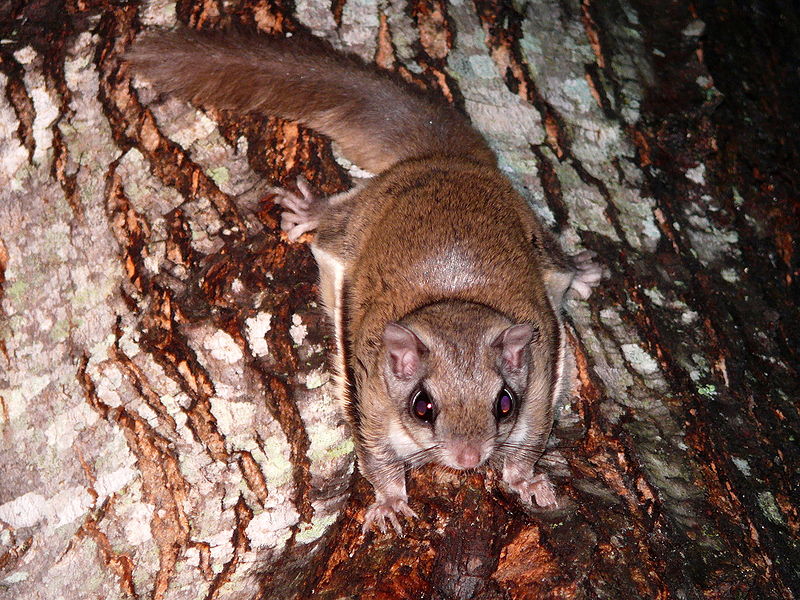
Ken ThomasDude, let’s get some of that northern flying squirrel tail tonight that shit is sweeeeeeet.
Flying squirrel race purists have another reason to hate climate change: Some scientists believe that as a response to shifting temperatures, the southern flying squirrel has begun to mate with the northern flying squirrel and — just in case anyone reading this is really, really dumb — vice versa.
Let’s be clear. There is no question that the southern flying squirrel and northern flying squirrel have begun to do it and produce offspring. In a northern region of Ontario currently being studied with regard to this strange squirrel interbreeding, about 4 percent of the squirrels now being born are hybrids. The question is why. There are many factors that can cause interbreeding, such as loss of habitat, or the sudden presence of invasive species. But Canadian scientists Jeff Bowman and Paul Wilson, who have been studying and tracking this interbreeding, are pretty sure this interbreed lovefest is climate-change related, mostly because the hybrids started to emerge around the same time — 1995 — that the winters began to get steadily warmer.
Hybridization of species is always interesting to note, but hardly unheard of. In 2006, a hunter shot a grizzly/polar bear. (The product, no doubt, of some pretty amazing sex.) Bowman and Wilson are also studying a species of mice whose interbreeding they think is also due to climate change. And then there is the amazing result of a tube of mascara fucking an orange.
This isn’t necessarily bad; hybrids can be hardier, healthier, and better adapted than pedigreed species. But animals can also lose qualities they need for survival when they interbreed. At this point, scientists are just starting to figure out why these hybrids exist and how many of them there are. The “what the hell are we going to do now?” part of this, like so many things to do with climate change, will presumably come later.



